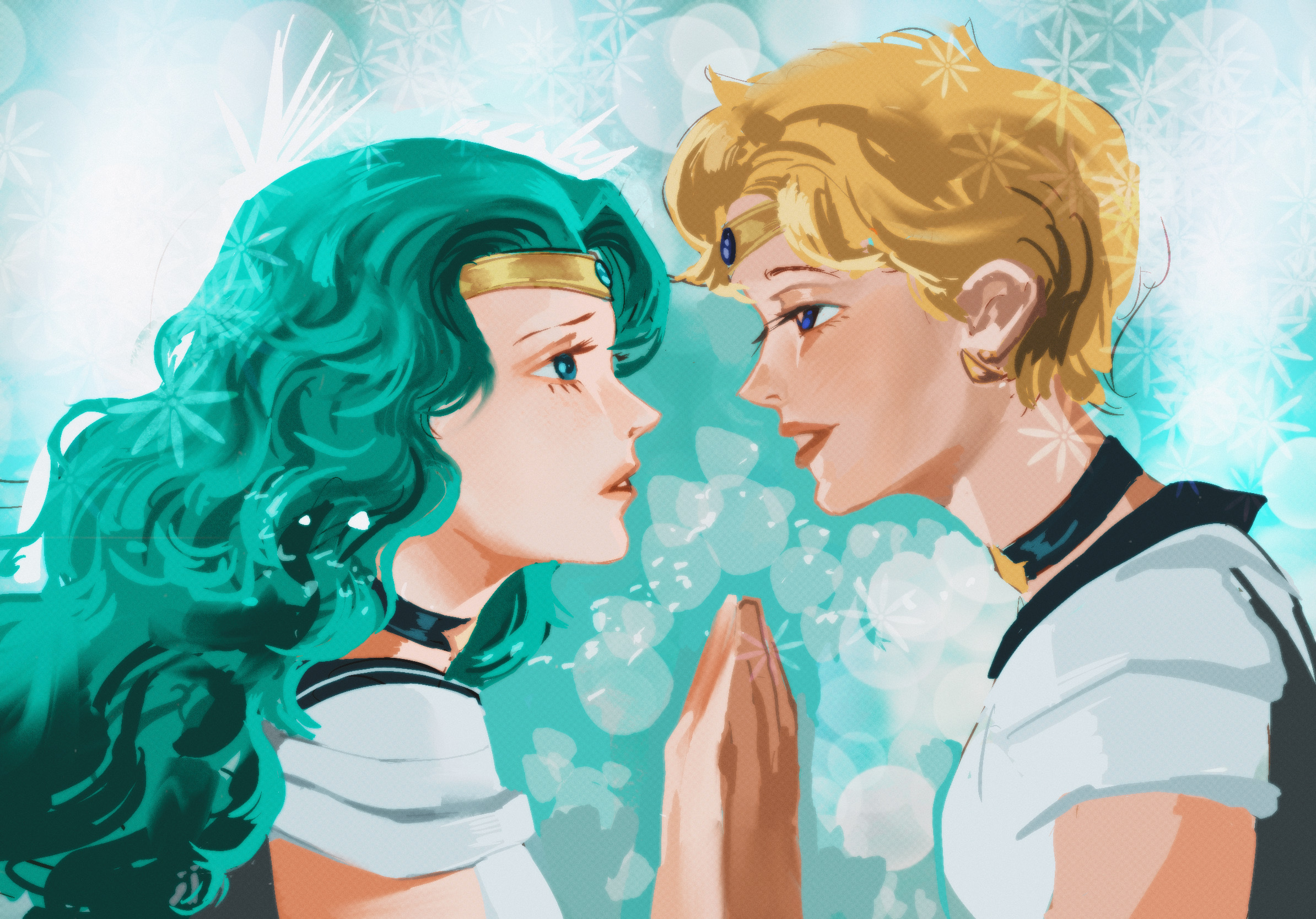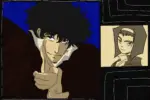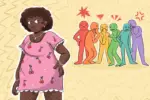Queerness in magical girl anime has been a recurring theme since the genre’s inception. Magical girl anime is a subgenre of Japanese animation that features young girls who transform into powerful heroines to battle evil forces. These heroines, or “magical girls” (魔法少女 mahou shoujo), embody characteristics associated with femininity, such as empathy, compassion and nurture, while their enemies are portrayed as aggressive, destructive and masculine. Queerness is often represented in these anime through non-normative gender expressions, sexualities and relationships, which challenge societal norms and promote inclusivity. These representations have resonated with LGBTQ+ audiences, providing them with self-expression and affirmation. Despite backlash from conservative audiences, magical girl anime continues to be a powerful platform for queer representation and empowerment.
One of the earliest magical girl anime makes use of queer themes. “Princess Knight” or “A Knight in Ribbons” (リボンの騎士 ribon no kishi) started as a shōjo (girls’) manga series written by Osamu Tezuka, who is known as the “God of Manga” in Japan. Published from 1953 to 1956, and adapted into anime from 1967 to 1968, “Princess Knight” tells the story of Sapphire, a princess who was born accidentally with a blue heart of a boy and a pink heart of a girl. She pretends to be a prince to prevent the evil Duke Duralumin from inheriting the throne of Silverland. Sapphire’s genderbending allowed Tezuka to explore ideas concerning androgyny and the gender roles of post-war Japan. Sapphire presents as male to the people of her kingdom because she cannot inherit the crown as a woman. Initially, when Sapphire is presents as male, she is bold and brave and possesses impressive swordsmanship; when she presents as female, she loses those traits and becomes weaker. Although her gender presentation seems to follow traditional Japanese gender roles in the beginning, Sapphire lets go of them as the story progresses and becomes stronger as a woman.
Osamu Tezuka was inspired by the Takarazuka Revue, an all-female acting troupe in his home region of Kansai. In the revue, women play all the roles in lavish Broadway-style productions of Western musicals and stories adapted from films, novels, shōjo manga and Japanese folktales. The Takarazuka Revue would later influence other magical girl anime such as “Sailor Moon” and “Revolutionary Girl Utena”.
“Sailor Moon” is an anime that needs no introduction; it’s one of the most famous pieces of media to come out of Japan, and for good reason: The show’s art, characters and fight scenes redefined shojo anime, and it introduced 90s kids to queer relationships and themes. The series follows Usagi Tsukino, or Sailor Moon, and the Sailor Soldiers as they battle against villains to prevent the theft of the Silver Crystal and the destruction of the Solar System. The character Sailor Uranus, also known by her civilian name Haruka Tenou, is well known for her androgynous appearance, masculine personality traits and romantic relationship with Michiru Kaiou, or Sailor Neptune. Haruka and Michiru are not the only queer couple in the show, however. Kunzite and Zoisite, two male characters and members of the villainous Shitennou, are in a queer relationship as well. Despite being villains, their love is not portrayed in a negative light. The series also features gender-non-conforming characters, including the Three Lights, who are villains who switch between male and female states of being. Like the Shitennou, their genderbending is shown in a positive light.
“Sailor Moon”’s inclusion of queer characters has had a positive impact on LGBT audiences, giving them representation in a medium that is not usually welcoming to ethnic and sexual minorities. “Revolutionary Girl Utena” is another magical girl anime from the 1990s famous for its LGBT characters.
Unlike the other anime, “Revolutionary Girl Utena” is not based on a manga. The 1997 anime original follows Utena Tenjou, a teenage girl drawn into a sword-dueling tournament to win the hand of Anthy Himemiya, a mysterious girl known as the “Rose Bride” who possesses the “power to revolutionize the world.” Queer themes in “Utena” are present from the beginning, as the title character desires to be a prince, showcasing gender nonconformity. In addition, her romance with Anthy is at the forefront of the anime’s conflict. Like “Princess Knight” before it, “Utena” is also heavily influenced by the Takarazuka Revue. The princely and masculine Utena is juxtaposed with the coquettish and feminine Anthy in lavish dance-like swordfights.
Magical girl anime are well-known for their portrayals of femininity and close female friendships. In addition to their popularity with teenage girls, they are popular with adult men. “Utena” was made mostly with adult heterosexual male viewers in mind, but its nuanced portrayal of same-gender love between girls has made fans out of many queer teenage girls.
The 2011 anime series “Puella Magi Madoka Magica” follows the story of Madoka, a young girl who is approached by a magical creature and is offered the chance to become a powerful magical girl. As Madoka navigates the dangerous world of magical girls, she forms close relationships with several female characters, including Homura, her stoic and mysterious ally, and Sayaka, her loyal and passionate friend. These relationships have senses of intimacy and connection that defy traditional heterosexual narratives, especially between Homura and Madoka. Homura’s love for Madoka causes her to continuously time travel to their first meeting to save Madoka from dying while fighting as a magical girl.
The series also explores themes of gender identity, as several characters do not conform to traditional binary classifications of gender. These characters, which include Kyubey, the genderless magical creature who offers Madoka and her friends their powers, and Mami, a veteran magical girl, challenge traditional gender roles by showing that women can be strong and assertive while still being feminine. Through its portrayal of queerness and gender identity, “Puella Magi Madoka Magica” provides viewers with a powerful, action-packed and emotional story where the queerness of the characters is not the only attraction.
It’s easy to see why the Eastern and Western magical girl fandoms are a safe haven for queer anime fans around the globe. The genre has consistently pushed the boundaries of what is socially acceptable in literature, film and television, and the queer themes of these anime have inspired LGBT anime fans to live and love openly and express their true selves. Many transgender women have owed the discoveries of their gender identity to magical girl shows, as have many lesbian and bisexual women regarding their sexualities. All in all, the impact that this genre has had on nerds young and old cannot be praised highly enough.















